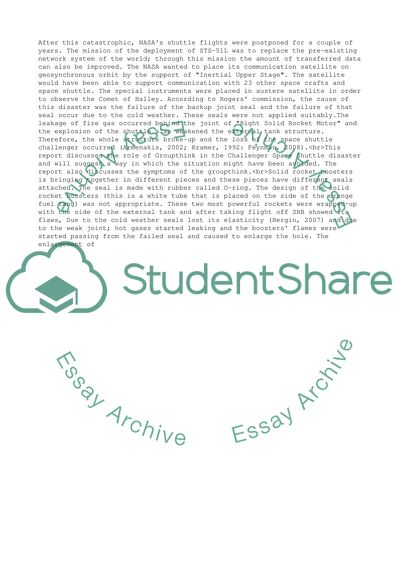Cite this document
(Critical perspectives on management and organizations Essay, n.d.)
Critical perspectives on management and organizations Essay. https://studentshare.org/management/1813915-critical-perspectives-on-management-and-organizations
Critical perspectives on management and organizations Essay. https://studentshare.org/management/1813915-critical-perspectives-on-management-and-organizations
(Critical Perspectives on Management and Organizations Essay)
Critical Perspectives on Management and Organizations Essay. https://studentshare.org/management/1813915-critical-perspectives-on-management-and-organizations.
Critical Perspectives on Management and Organizations Essay. https://studentshare.org/management/1813915-critical-perspectives-on-management-and-organizations.
“Critical Perspectives on Management and Organizations Essay”. https://studentshare.org/management/1813915-critical-perspectives-on-management-and-organizations.


